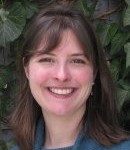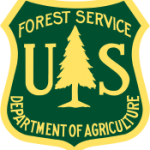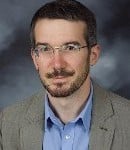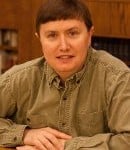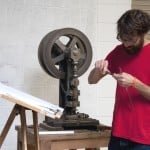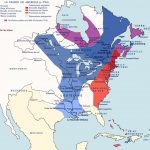 Don Lafreniere (SS/GLRC) is Co-Pi on a partnership development grant that has received $197,500 from the Social Science and Humanities Research Council of Canada. The project, “Nouveaux regards sur l’occupation du continent nord-am-ricain par la population canadienne-fran-aise 1760-1914,” is tracing the migration and settlement patterns of French-Canadians from Quebec across the North American continent, including the establishment of communities in the Upper Peninsula. This is a two-year project.
Don Lafreniere (SS/GLRC) is Co-Pi on a partnership development grant that has received $197,500 from the Social Science and Humanities Research Council of Canada. The project, “Nouveaux regards sur l’occupation du continent nord-am-ricain par la population canadienne-fran-aise 1760-1914,” is tracing the migration and settlement patterns of French-Canadians from Quebec across the North American continent, including the establishment of communities in the Upper Peninsula. This is a two-year project.
From Tech Today.
